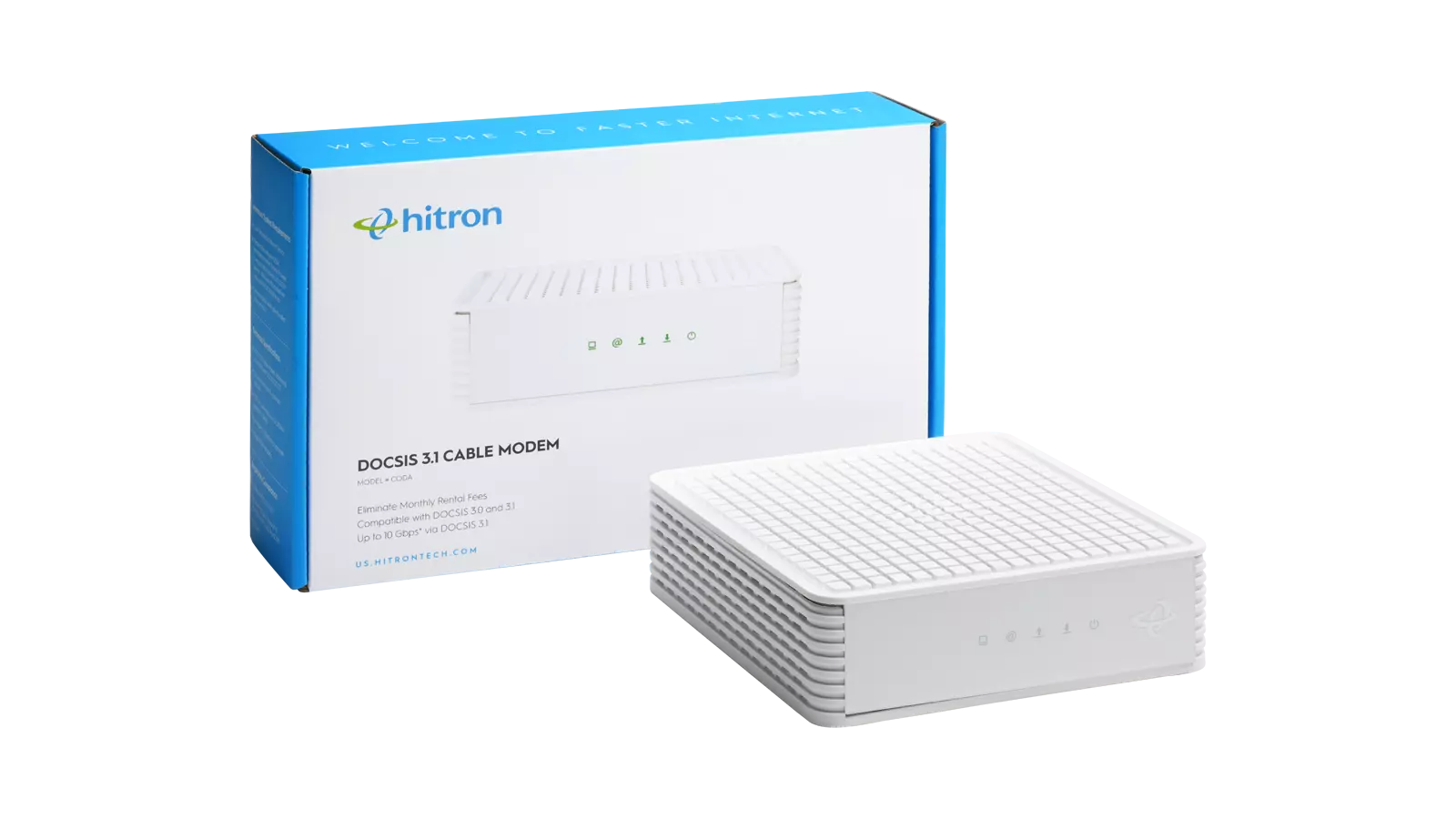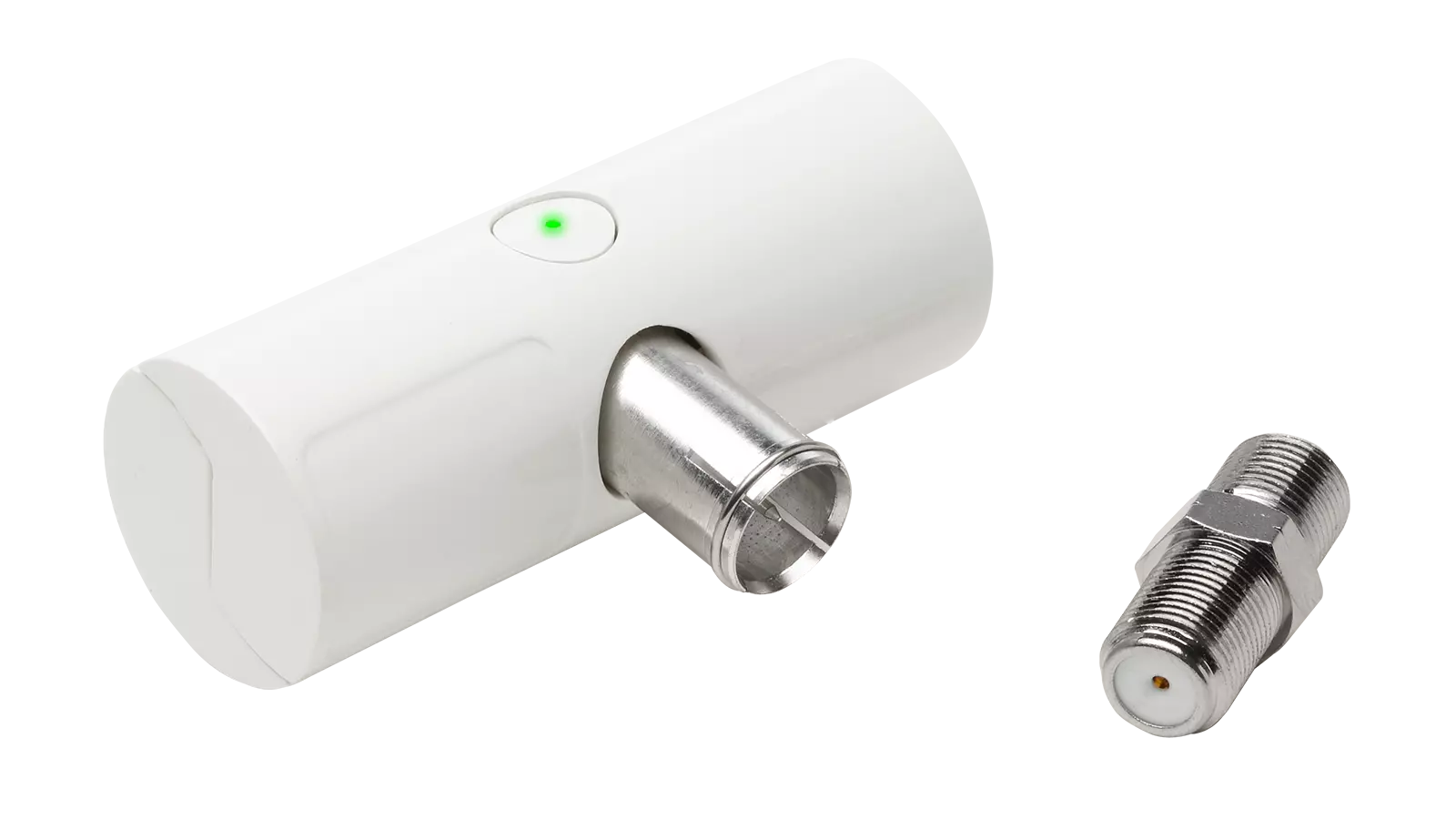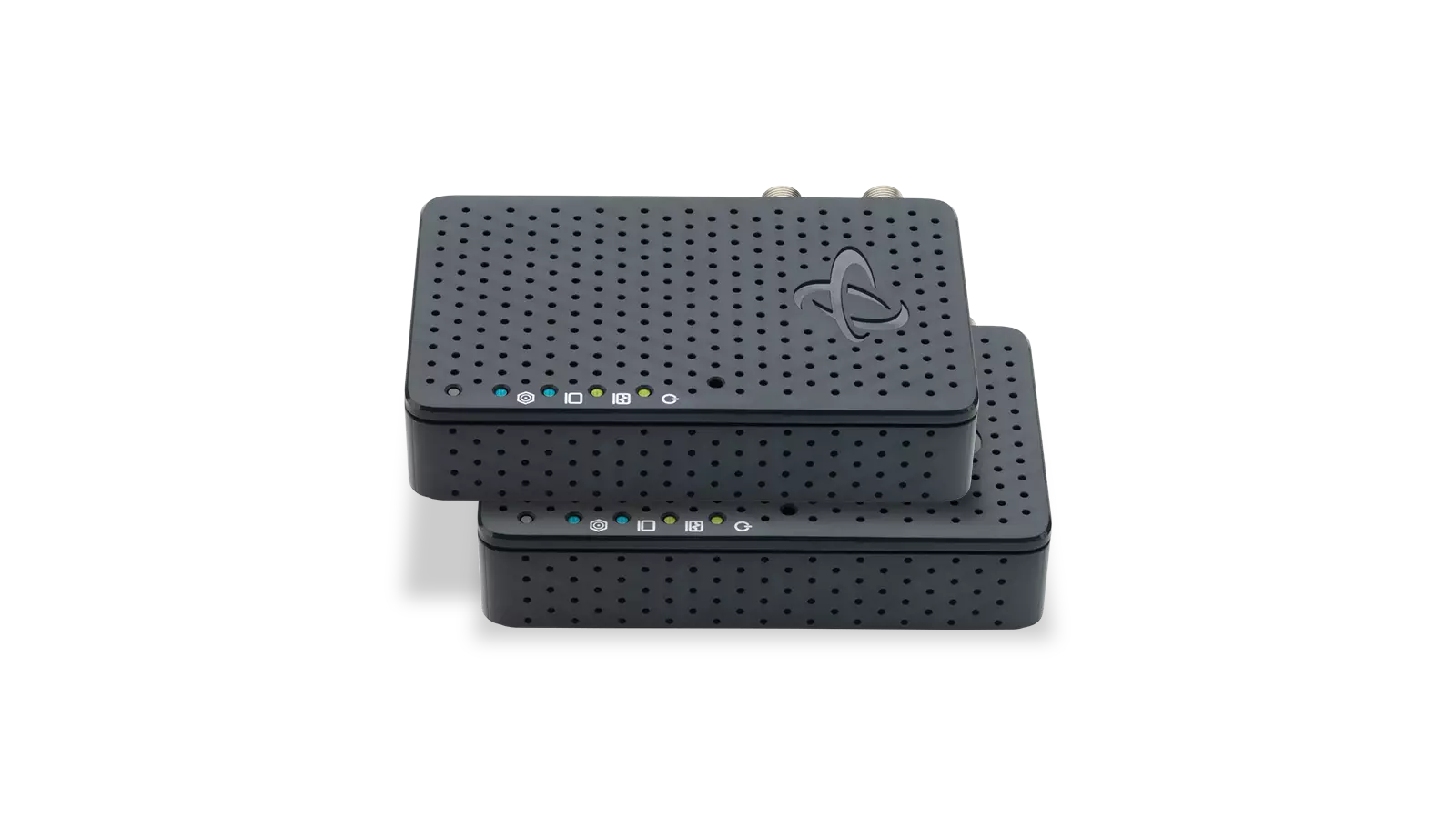Currently, DOCSIS 3.1 technology is the best on the market for cable modems. You might already know this, but it is important to also know why DOCSIS 3.1 is the best. To understand why it’s the best, you need to understand DOCSIS technology and how it works.
What is DOCSIS?
DOCSIS stands for “Data Over Cable Service Interface Specification.” It is a standard that allows data to be transferred over cable lines using an existing coaxial cable TV system.
What is DOCSIS 3.1?
As our demands for faster Internet speeds increased, so did the DOCSIS standard. DOCSIS 3.1 is the latest standard, meaning that it is the fastest.
How is DOCSIS 3.1 faster?
DOCSIS 3.1 is faster than DOCSIS 3.0, because of the advanced signal process techniques. The advanced techniques use a frequency spectrum and increases the available spectrum for transferring downstream and upstream data. It works by using a higher-order modulation to transfer data, which is more efficient. It prioritizes and splits data into narrower bits so that it can be transmitted across the same frequency band.
DOCSIS 3.1 is also designed to be “future safe.”
What does “future safe” mean?
At this point, we have all updated our smartphones many times. And possibly other devices as well. But how often have you updated your modem? Rarely if ever, probably. Which is common unless if you switched Internet service providers (ISP) and were required to update your modem.
With a DOCSIS 3.1 modem, you have more time before you need to update your modem. This is what makes it “future safe.” For example, if your ISP comes through your neighborhood or block and updates the Internet speeds and you have a DOCSIS 2.0 or 3.0 modem, you will be forced to update your old modem to support the new speeds or else you will have poor speeds. But if you have a DOCSIS 3.1 modem, you will be covered.
The latest DOCSIS standard, DOCSIS 3.1 is capable of 10 gigabits per second (Gbps) download speeds and 1-2 Gbps upload speeds.
Other DOCSIS 3.1 benefits are:
- Better security than previous versions
- Reduced packet latency to reduce lag for better video streaming and online gaming
- Backward compatibility with DOCSIS 3.0
- Reduced power consumption
Hitron’s CODA DOCSIS 3.1 Cable Modem is available on Amazon, The CODA has DOCSIS 3.1 to deliver the fastest Multi-Gigabit speeds to your connected devices. Learn more about cable modems or cable modem routers by reading Hitron’s Learn Page.



